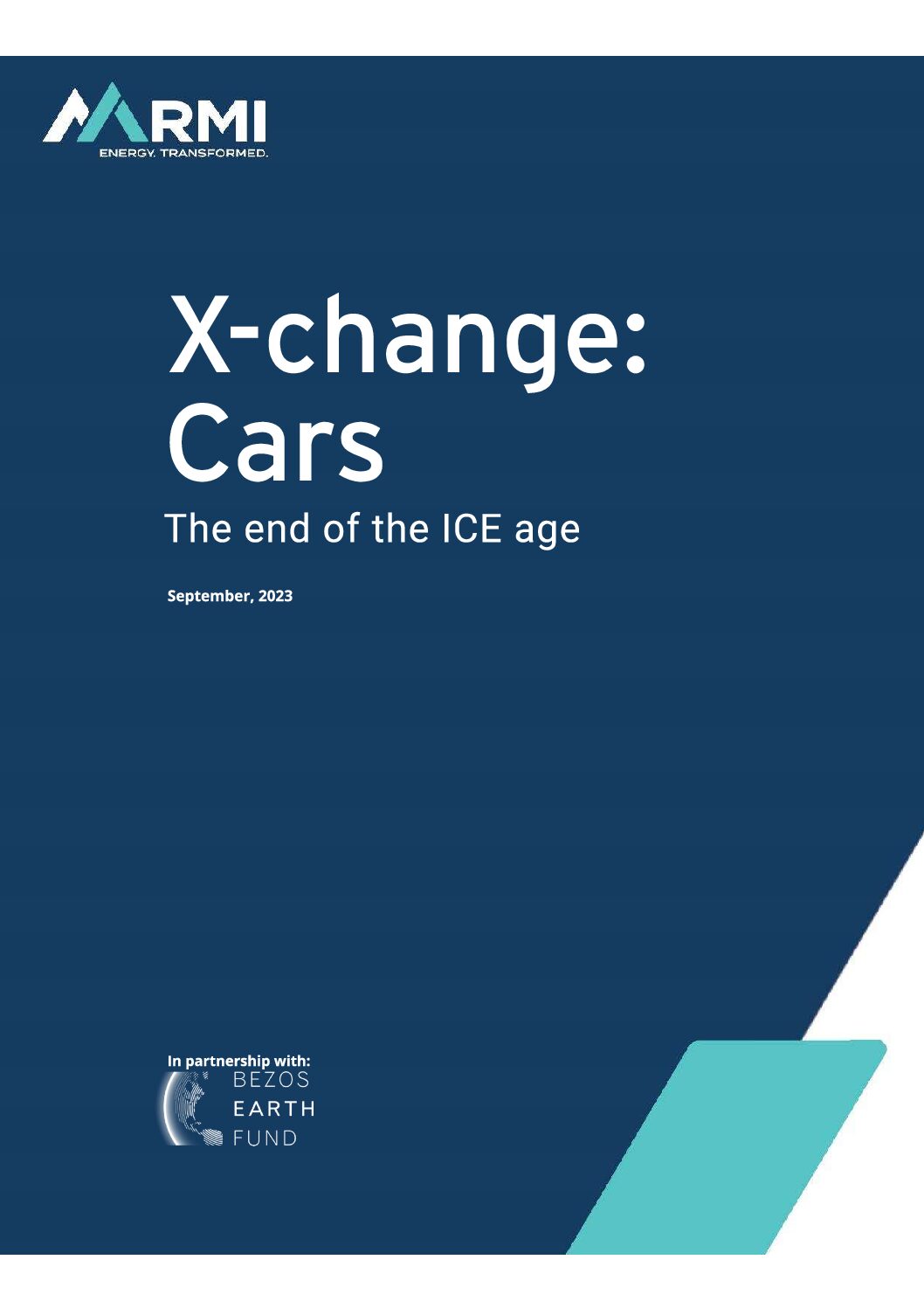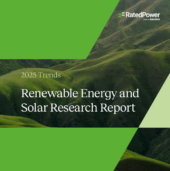The RMI report suggests a significant shift away from the internal combustion engine (ICE) era is well underway. This transformation is closely associated with the rapid growth of Electric Vehicles (EVs), with a forecast indicating a declining global demand for oil in the automotive sector by 2030.
In its report titled “X Car Charge: The End of the ICE Age,” RMI observes that EV adoption is following an S-curve pattern, signalling a consistent rise in EV sales. The “X-change” series of reports analyses the impact of exponential change on the energy system, contrasting it with linear change. The baseline scenario for the energy future, as per the report, should anticipate ongoing exponential growth in renewable energy until 2030.
These developments, the report forecasts, will enable the electric vehicle revolution to expand into the global south and penetrate other transportation sectors. As countries strive to lead in future transport technologies, they will require additional support in infrastructure development. Companies are already investing in battery and car factories to prepare for the expected dominance of EVs in car sales by 2030.
The report highlights that policy support is driving established leaders in the EV market, particularly in Northern Europe and China. It predicts a transition period of approximately six years for EVs to increase their market share from 1% to 10% in new car sales, with another six years to reach an 80% market share in leading countries.
Due to declining battery costs thanks to learning curves, the report notes that total cost of ownership price parity has been achieved. It also anticipates that sticker price parity will be realized in all major car markets and segments by the end of the decade.
In light of current challenges, the report underscores the need to upgrade electricity infrastructure, establish more charging networks, promote battery recycling, and address a range of complex issues. As feedback loops accelerate change, the decline in ICE demand and the growth of EVs are encouraging companies and countries to reallocate resources toward the future.
The report suggests that it will eventually contribute to increasing EVs car sales, which will lie somewhere between 62% and 86% of sales by 2030. the report particularly presents the case of China which is expected to lead with a market share of at least 90%, while consensus EV sales estimates are consistently improving year by year.
Peak ICE Demand
According to the report, the demand for new ICE cars sale peaked in 2017 and has been steadily decreasing at a rate of 5% annually. As scrappage rates rise and ICE sales fall, the ICE fleet is expected to peak and then decline significantly by 2030.
Peak Oil Demand for Cars
The report identifies a trend where global oil demand for powering cars reached its peak in 2019 and has since plateaued. This is attributed to increased efficiency and the growth of EVs. By 2030, the report estimates a decline of over 1 million barrels per day (mbpd) in oil demand for cars annually, marking the beginning of the end for one-quarter of global oil demand.
Cars Catalyze Change in the Transport Sector
The RMI report suggests that the rapid growth of batteries in the automotive sector is driving down costs and increasing energy density. This change will extend to various other modes of transportation, from two-wheelers in the Global South to trucking in China and the US, putting approximately half of global oil demand at risk.

















